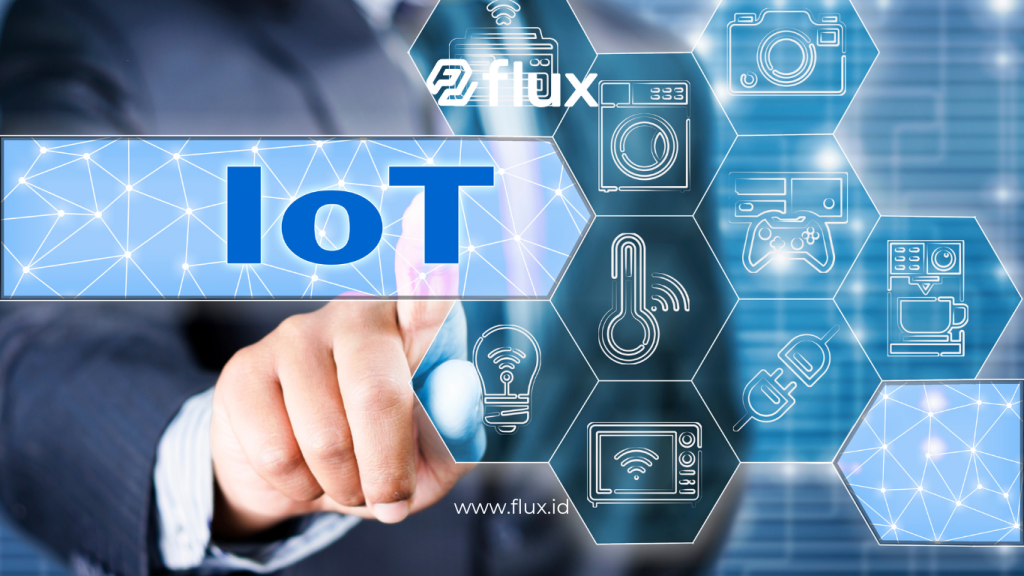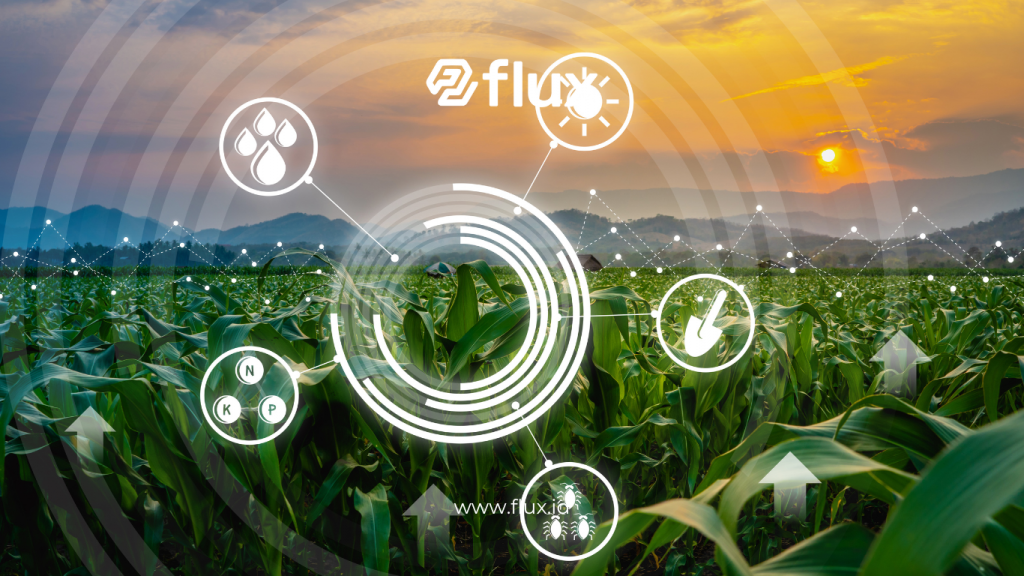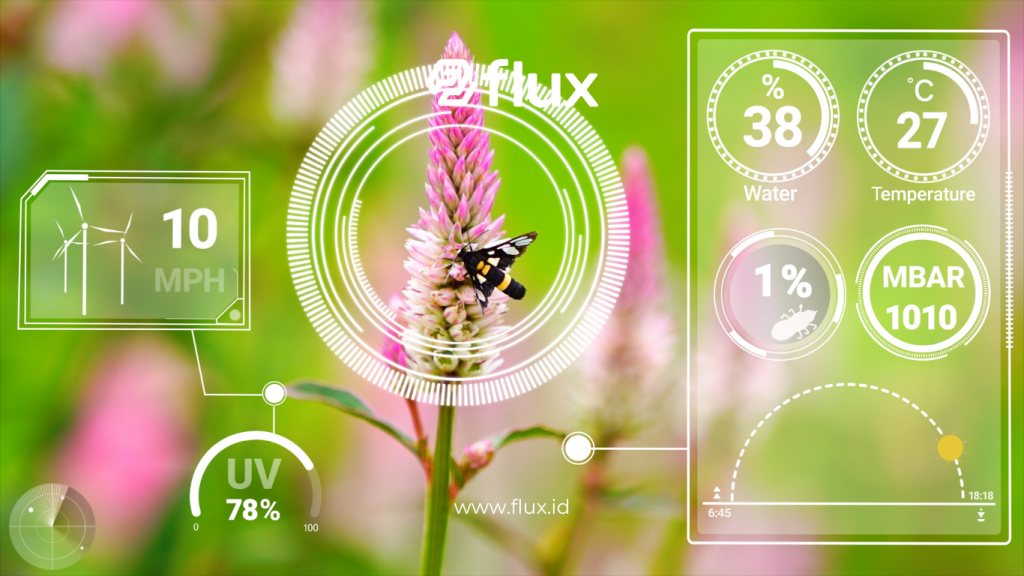Don't miss our holiday offer - 20% OFF!
Agriculture is a vital sector in the global economy. With the world’s population increasing and food demand continuously rising, farmers face significant challenges in improving crop yields. This is where Internet of Things (IoT) technology plays a crucial role. IoT has revolutionized how agriculture is practiced, providing new tools and techniques for monitoring and managing agricultural processes more efficiently. This article will discuss how IoT can help optimize modern agriculture and enhance harvest yields.
Contents
What is IoT?

Read More: IoT Innovation in Flood Detection and Mitigation: Developing a Solution Strategy
The Internet of Things (IoT) refers to a network of physical devices that are interconnected and can communicate with each other through the internet. These devices can include sensors, cameras, and other tools that collect and transmit data. In the context of agriculture, IoT allows farmers to monitor plant conditions, soil, and the environment in real time. By using this data, farmers can make better and quicker decisions.
Benefits of IoT in Agriculture

1. Real-Time Crop Monitoring
By using sensors installed in agricultural fields, farmers can monitor crop conditions directly. These sensors can measure soil moisture, temperature, and weather conditions. The collected data allows farmers to know the right time to irrigate their crops or apply fertilizers.
2. Efficient Resource Management
IoT enables farmers to manage resources like water and fertilizers more efficiently. For instance, with smart irrigation systems connected to soil moisture sensors, farmers can avoid over-irrigation that could harm crops. This not only saves water but also reduces operational costs.
3. Improved Food Safety
IoT can help enhance food safety by monitoring the quality of agricultural products. Sensors can detect the presence of pesticides or other harmful chemicals in food. With this information, farmers can ensure that the products produced are safe for consumption.
4. Data Analysis for Better Decision-Making
The data collected through IoT can be analyzed to gain deeper insights into agricultural practices. By using data analytics, farmers can understand crop growth patterns, predict harvest yields, and plan better strategies for the upcoming planting season.
IoT Technologies Used in Agriculture

Read More: IoT Sensor Technology in Agriculture: How to Efficiently Monitor Plant Health and Soil Conditions
1. Environmental Sensors
Environmental sensors can measure various parameters, such as humidity, temperature, and air quality. The data obtained can help farmers determine the best conditions for plant growth.
2. Smart Irrigation Systems
Smart irrigation systems use sensors to determine the water needs of crops. By automatically adjusting irrigation based on received data, farmers can save water and increase efficiency.
3. Agricultural Drones
Drones can be used to monitor agricultural fields from the air. They can capture high-quality images and data about crop health, allowing farmers to identify problems early.
4. Agricultural Management Platforms
IoT-based agricultural management platforms collect and analyze data from various sources. Farmers can use this information to make better decisions regarding land management and harvest yields.
Examples of IoT Implementation in Agriculture
1. Smart Agriculture in the Netherlands
The Netherlands has become a pioneer in smart agriculture by using IoT technology. With automated irrigation systems and connected sensors, farmers in the Netherlands have managed to increase their harvest yields by up to 30%. They can also reduce water usage by up to 50% thanks to this technology.
2. Sustainable Agriculture in the United States
In the United States, many farmers have implemented IoT solutions to achieve sustainable agriculture. By using sensors to monitor soil moisture and weather conditions, they can plan irrigation and fertilization more efficiently, ultimately improving yields and reducing costs.
Challenges in Implementing IoT in Agriculture

Read More: How Water Quality Sensors Work: Enhancing Irrigation Management and Plant Health in Agriculture
1. Initial Costs
Although the long-term benefits of IoT are significant, the initial costs of implementing this technology can be a barrier for many farmers, especially small-scale farmers.
2. Technological Skills
Many farmers are not yet accustomed to modern technology. Therefore, training and education are necessary to ensure they can effectively utilize IoT technology.
3. Data Security
With the increasing use of technology, data security issues are also a concern. Farmers must ensure that the data they collect and store is safe from theft or misuse.
Conclusion
IoT technology offers tremendous opportunities to optimize modern agriculture and enhance harvest yields. With the ability to monitor and manage resources in real time, farmers can make better and quicker decisions, ultimately increasing efficiency and sustainability in agriculture. Although there are challenges in implementation, the long-term benefits of this technology far outweigh them. To ensure a better future for agriculture, the adoption and use of IoT technology must be encouraged and supported.





